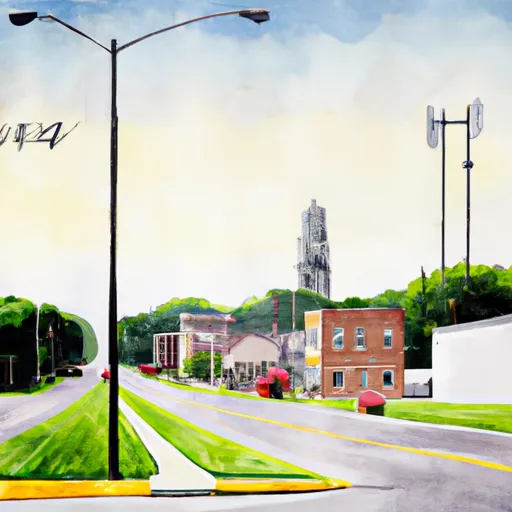°F
°F
mph
Windspeed
%
Humidity











New Liberty, Iowa experiences a humid continental climate, characterized by four distinct seasons. Summers are warm and humid, with temperatures ranging from the 70s to the 90s Fahrenheit. Winters are cold, with temperatures often dipping below freezing and occasional snowfall. The area receives around 35 inches of precipitation annually, evenly distributed throughout the year.
Located near the Wapsipinicon River, hydrology constituents play a significant role in New Liberty. The river provides opportunities for fishing enthusiasts, with popular catches including catfish, walleye, and smallmouth bass. Additionally, the river serves as a serene backdrop for boating and kayaking activities.
Outdoor recreation in New Liberty is abundant, offering opportunities for hiking, camping, and birdwatching at nearby parks such as Wapsipinicon State Park and Wildcat Den State Park. These parks boast picturesque landscapes, diverse wildlife, and scenic trails, making them ideal destinations for nature enthusiasts.
Weather Forecast
New-Liberty receives approximately 934mm of rain per year, with humidity levels near 79% and air temperatures averaging around 10°C. New-Liberty has a plant hardyness factor of 5, meaning plants and agriculture in this region thrive during a short period during spring and early summer. Most plants will die off during the colder winter months.
Regional Streamflow Levels
1,730
Cubic Feet Per Second
3,220
Cubic Feet Per Second
133
Cubic Feet Per Second
50,400
Cubic Feet Per Second
Nearby Camping
| Camping Area | Reservations | Toilets | Showers |
|---|---|---|---|
| Leroy Percy State Park | |||
| North Rec Composite | |||
| Clear Spgs Rec Area | |||
| Lamar Dixon Expo RV Center | |||
| Lake Charlie Capps | |||
| Great River Road State Park |



